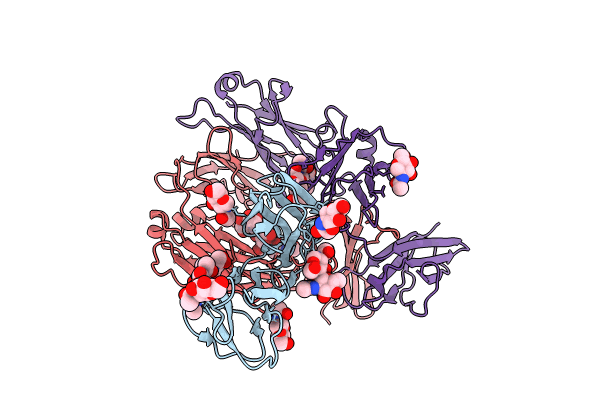
Deposition Date
2024-04-10
Release Date
2024-07-10
Last Version Date
2025-07-02
Entry Detail
PDB ID:
8Z0T
Keywords:
Title:
Structure of the human ige-fc bound to its high affinity receptor fc(epsilon)
Biological Source:
Source Organism:
Homo sapiens (Taxon ID: 9606)
Host Organism:
Method Details:
Experimental Method:
Resolution:
3.58 Å
Aggregation State:
PARTICLE
Reconstruction Method:
SINGLE PARTICLE


